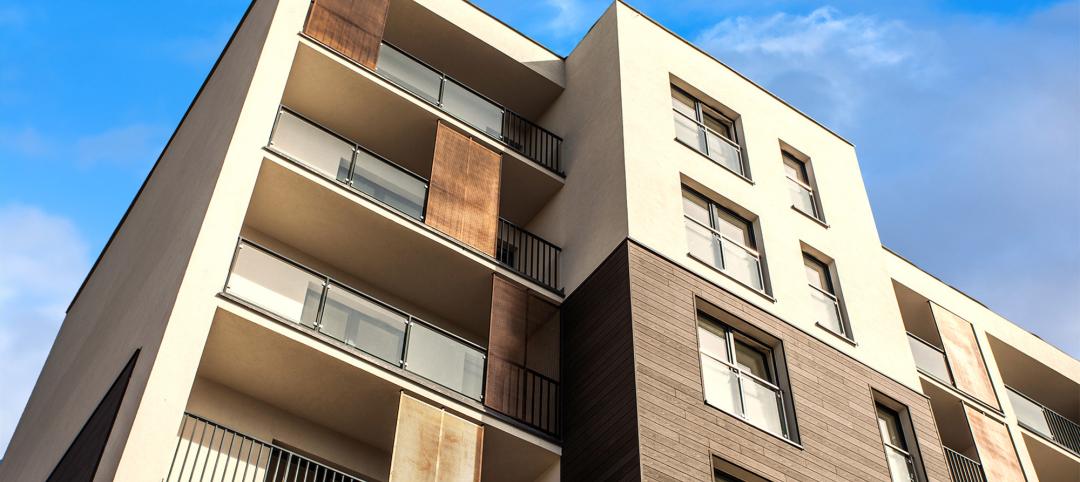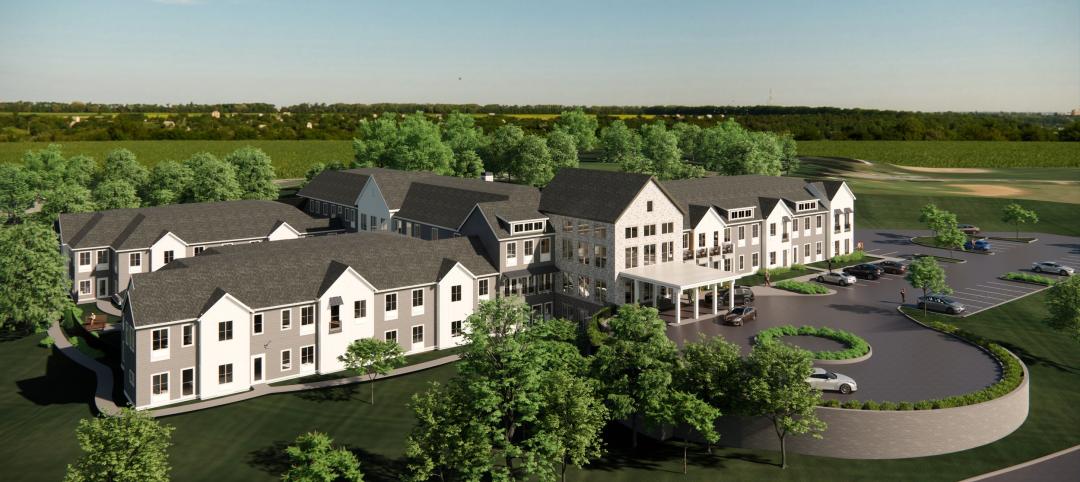On April 20, Marriott International, the world’s largest hotel chain, rolled out its plan to elevate its cleanliness standards and practices to meet new health and safety guidelines and guest expectations presented by the coronavirus pandemic that, as of early April, led to a nearly 80% decline in hotel occupancy in the United States, according to estimates by the hospitality analytics company STR.
Leaving aside the question of why it took a pandemic for Marriott to realize its cleanliness standards needed improving, the plan illustrates how all hoteliers will need to regain guests’ confidence that their properties are safe enough to stay in again without fear of viral infection.
Hotel developers are not sure yet when or to what degree their businesses will recover. They have their fingers crossed that it’s sooner than 2023, which is when Tourism Economics, a data and consulting firm, predicts global travel demand might resume its normal pace.
Urban hotels face more hurdles opening amid the coronavirus
“It is possible that hotels, focused on select service, in less dense, suburban areas might bounce back sooner due to price point, accessibility, and with a building structure that accommodates larger guest rooms and easier access via stairs,” says Shay Lam, Managing Director and Studio Creative Director for New York-based TPG Architecture, which is working on several hospitality projects that are scheduled to open this year, with a focus on responding to post COVID-19 realities.
Urban destinations, on the other hand, might have a harder time reactivating, says Lam. “Everything from density concerns to elevator capacity, and guest room sizes are challenges to overcome. This will all hinge on the industry’s ability to reassure guests that safety and security are paramount.”
To make their facilities safer, TPG is recommending to its hospitality clients that they address changes in three stages: “now,” “near,” and “future.”
“Right now, we are focusing on pragmatic changes such as reducing density in public areas that experience a high-volume of traffic,” says Lam. “We’re also adding clear signage for protocols such as distancing or navigation through a space, or instructions on operational things like how many people should get into an elevator and where to stand.”
For the “near,” hotels should start integrating touchless or voice technology so guests can have a hands-free, frictionless experience that begins at the entry point through the exit. It will also be crucial, says Lam, for hotels to maintain stringent, visible cleaning cycles, and find ways to sanitize commonly used areas, perhaps with air purifiers, steam sterilizers, or UV light sterilization methods.
Hotels will need to consider materials and furnishings that are not just cleanable, but antimicrobial. They must be able to resist heavy cleaning agents without damaging the surface.
Rethinking hotel design post COVID-19
The “future” presents opportunities to rethink hospitality, like changing the size ratio of public space versus guest rooms.
There might also be an increase in sustainable features: For many resorts, all-inclusive buffets are a selling point for those wishing to have the convenience and luxury of having a variety of meals. However, the idea of food laying around for extended periods of time, while being exposed to airborne particles, will not be considered glamorous anymore. Additionally, the waste associated with buffets is not environmentally friendly—leading hotels to provide pre-packed or made-to-order meals at all times.
For hotel staff, TPG is suggesting mandated uniforms that get cleaned and sanitized after every shift by the company, in addition to branded facemasks and hats, and an assortment of PPE (larger hotels and restaurants already do this), UV sanitation lights in the individual locker or cubbies, and of course lots of hand washing.
“The ability of all companies to alleviate staff and guest anxieties about health and security will be essential post-COVID,” says Lam.
Lessons learned from this pandemic, says Lam, find TPG and its clients looking beyond just the physical and aesthetics. “We will need to collaborate with and under the guidance of officials in tech, health, and government to find the right design solutions and strategies. We are seeing similarities throughout all the market sectors, so hospitality is not alone, just like no one is alone in this pandemic. Through developing a deep understanding of our clients and the concerns of their guests, we will be able to stay agile and tackle every challenge that comes our way.”
Related Stories
Office Buildings | Jun 3, 2024
Insights for working well in a hybrid world
GBBN Principal and Interior Designer Beth Latto, NCIDQ, LEED AP, ID+C, WELL AP, share a few takeaways, insights, and lessons learned from a recent Post Occupancy Evaluation of the firm's Cincinnati, Ohio, office.
MFPRO+ Special Reports | May 6, 2024
Top 10 trends in affordable housing
Among affordable housing developers today, there’s one commonality tying projects together: uncertainty. AEC firms share their latest insights and philosophies on the future of affordable housing in BD+C's 2023 Multifamily Annual Report.
K-12 Schools | Apr 29, 2024
Tomorrow's classrooms: Designing schools for the digital age
In a world where technology’s rapid pace has reshaped how we live, work, and communicate, it should be no surprise that it’s also changing the PreK-12 education landscape.
Healthcare Facilities | Mar 18, 2024
A modular construction solution to the mental healthcare crisis
Maria Ionescu, Senior Medical Planner, Stantec, shares a tested solution for the overburdened emergency department: Modular hub-and-spoke design.
Office Buildings | Mar 8, 2024
Conference room design for the hybrid era
Sam Griesgraber, Senior Interior Designer, BWBR, shares considerations for conference room design in the era of hybrid work.
Airports | Jan 15, 2024
How to keep airports functional during construction
Gensler's aviation experts share new ideas about how to make the airport construction process better moving forward.
Apartments | Jan 9, 2024
Apartment developer survey indicates dramatic decrease in starts this year
Over 56 developers, operators, and investors across the country were surveyed in John Burns Research and Consulting's recently-launched Apartment Developer and Investor Survey.
MFPRO+ Special Reports | Jan 4, 2024
Top 10 trends in multifamily rental housing
Demographic and economic shifts, along with work and lifestyle changes, have made apartment living preferable for a wider range of buyers and renters. These top 10 trends in multifamily housing come from BD+C's 2023 Multifamily Annual Report.
Urban Planning | Dec 18, 2023
The impacts of affordability, remote work, and personal safety on urban life
Data from Gensler's City Pulse Survey shows that although people are satisfied with their city's experience, it may not be enough.
Senior Living Design | Oct 30, 2023
Navigating architectural challenges—from 'unbuildable' to unbelievable
Mick Schaefer, AIA, NCARB, LEED GA, recounts the challenges Vessel Architecture & Design had to overcome while designing a state-of-the-art senior living facility.

















